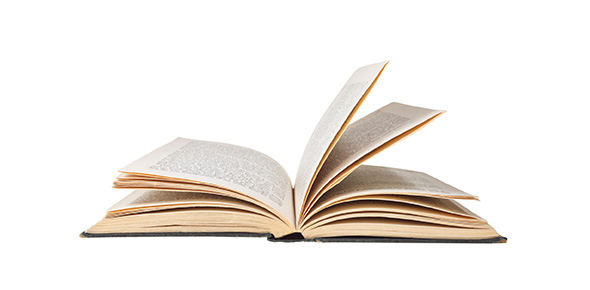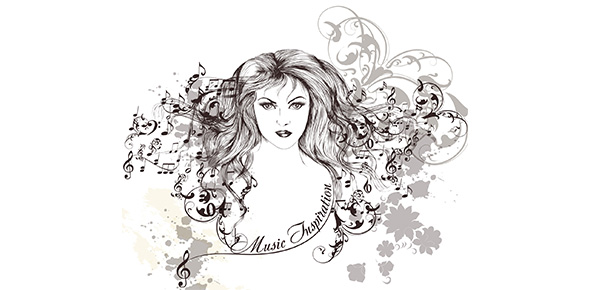Related Flashcards
Related Topics
Cards In This Set
| Front | Back |
|
Enlightenment
|
The Western philosophy
based on empirical evidence that dominated the 18th century. The ______________ was a new way of
thinking critically about the world and about humankind, independently of
religion, myth, or tradition.
|
|
Fête galante
|
French, “amorous
festival.” A type of Rococo painting depicting the outdoor amusements of
French upper-class society.
|
|
Grand Manner portraiture
|
A type of 18th-century
portrait painting designed to communicate a person’s grace and class through
certain standardized conventions, such a the large scale of the figure relative
to the canvas, the controlled pose, the landscape setting, and the low horizon
line.
|
|
Odalisque
|
A woman in a Turkish harem
(the separate part of a Muslim household reserved for wives, concubines, and
female servants).
|
|
Rococo
|
A style, primarily of
interior design, that appeared in France around 1700. _________ interiors featured lavish decoration, including
small sculptures, ornamental mirrors, easel paintings, tapestries, reliefs,
wall paintings, and elegant furniture.
The term _________ derived from the French word rocaille (“pebble”) and referred to the small stones and
shells used to decorate grotto interiors.
|
|
Abstract
|
In painting and sculpture,
emphasizing a derived, essential character that has only a stylized or symbolic
visual reference to objects in nature
|
|
Abstract Expressionism
|
The first major American
avant-garde movement, __________ ________________ emerged in New York City in
the 1940s. The artists produced
__________ paintings that _________ed their state of mind and that they hoped
would strike emotional chords in viewers.
The movement developed along two lines: gestural abstraction and
chromatic abstraction.
|
|
Academy
|
A place of study, derived
from the name of the grove where Plato held his philosophical seminars. Giorgio Vasari founded the first
__________ of fine arts, properly speaking, with his Academia di Disegno in
Florence in 1563.
|
|
Action painting
|
Also called gestural
abstraction. The kind of Abstract Expressionism practiced by Jackson Pollock, in which the
emphasis was on the creation process, the artist’s gesture in making art. Pollock poured liquid paint in linear
webs on his canvases, which he laid out on the floor, thereby physically
surrounding himself in the paint during its creation.
|
|
Arabesque
|
Literally,
“Arabian-like.” A flowing,
intricate pattern derived from stylized organic motifs, usually floral, often
arranged in symmetrical palmette designs; generally, an Islamic decorative
motif.
|
|
Avant-garde
|
French, “advance guard” (in
a platoon). Late 19th
and early 20th century artists who emphasized innovation and
challenged established convention in their work. Also used as an adjective.
|
|
Collage
|
A composition made by
combining on a flat surface various materials, such as newspaper, wallpaper,
printed text and illustrations, photographs, and cloth.
|
|
Color-field painting
|
A variant of Post-Painterly
Abstraction in which artists sought to
reduce painting to its physical essence by pouring diluted paint onto unprimed
canvas and letting these pigments soak into the fabric, as exemplified by the
work of Helen Frankenthaler and Morris Louis.
|
|
Complementary colors
|
Those pairs of colors, such
as red and green, that together embrace the entire spectrum. The complement of one of the three primary
colors is a mixture of the other
two.
|
|
Constructivism
|
An early 20th
century Russian art movement formulated by Naum Gabo, who built up his
sculptures piece by piece in space instead of carving or modeling them. In this way the sculptor worked with
“volume of mass” and “volume of space” as different materials.
|





